A Step-by-Step Guide To Becoming A Web Designer
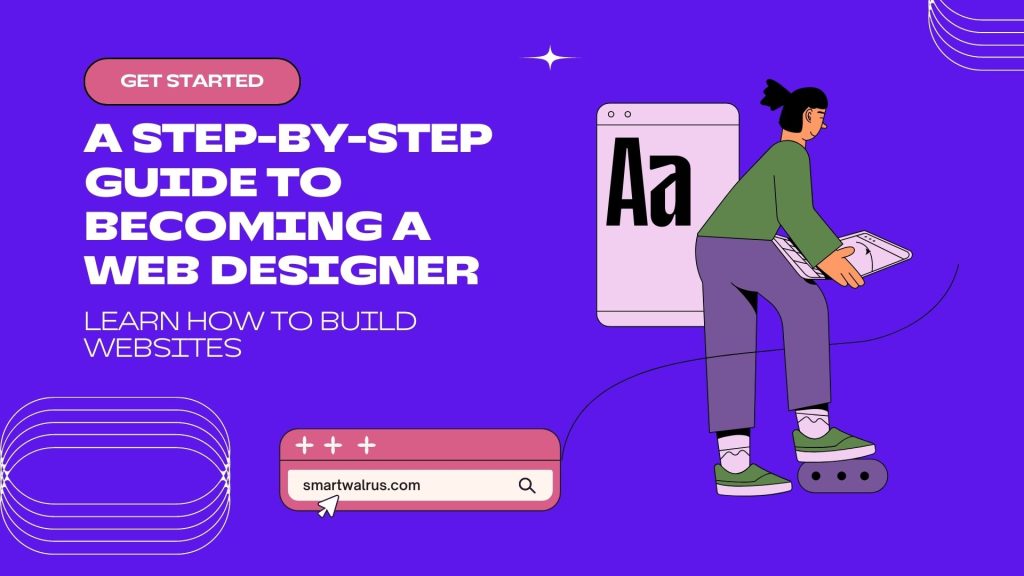
If you’ve ever looked at the many beautiful websites out there and wondered how they were created, then this blog post is for you! In today’s digital landscape, everyone has a website — from small businesses to large corporations — and it’s essential that your site looks professional and pulls in plenty of traffic to maximize your company’s online presence.
Web design has become an important skill for any business, as research shows that consumers trust what they see on a website. Essentially, if you want people to trust that your company exists and check out what you have to offer, then you need a professional-looking website as much as possible.
But where do you begin? Luckily, becoming a web designer doesn’t have to be complicated (if you follow our guide below). There are many different ways that you can become one, depending on your personal strengths and interests. Whether you’re interested in graphic design or coding, we’ll help you with everything from getting started.
What Is Web Design?
Simply put, web design is the art and science of creating a website. It involves planning, creative thinking, and the technical skills needed to create a site that functions well on various platforms. The processes involved in web design include research, wireframing, creating mockups, creating a theme, designing pages, and creating the code for the website.
Strategies For Becoming a Web Designer

If you’ve read this far into our guide and are still skeptical about whether you can become a web designer, let us give you a few more reasons to be encouraged. Before we get into the nitty-gritty of what you can expect to learn as a web designer, we’d like to talk about one of the most important aspects of your journey:
Passion.
Web design is a fascinating field, but make sure that you love it above all else. The industry is extremely competitive. While becoming a web designer doesn’t necessarily mean that you’ll have to work in an office seven days a week, you should be ready to put a lot of time and effort into your career. Web design can be hard to break into. This can be a daunting prospect, but if you put in the hard work, you’ll be well worth it in the end!
Learn The Basics of HTML and CSS
Before you start creating fancy websites, you should learn the basics of coding. HTML (Hypertext Markup Language) and CSS (Cascading Style Sheets) are the two most important languages for web design. Learning them will help you create websites that are more accessible and responsive on various platforms.
Get Exposure To Graphic Design Software
As you become more familiar with the basics of coding, it’s also important that you get a taste of the different software available in the field. There are many graphic design apps available, and it’s important that you choose the right one for your needs. Here are some of the top graphic design software available today.
Learn the basics of programming
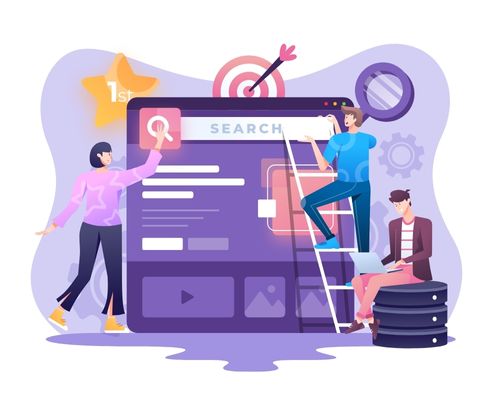
The field of web design is becoming more and more complex, and you should get a good understanding of how to use programming. If you’re interested in creating more advanced websites, then you’ll need to get familiar with some coding.
If you’re interested in becoming a UI/UX designer, there are a number of JS (JavaScript) based tools that can help you create more complex websites. As you get more comfortable with coding, it’s important that you get familiar with web development tools.
A number of these tools are standard in every project and help you with various aspects of development, including editing CMS (Content Management Systems), designing templates, and wireframing. There are many popular content management systems out there. WordPress, Joomla, and Drupal are just a few of the most well-known.
These systems allow you to create a website or an e-commerce store from scratch, or to improve an existing site. They also come with a variety of features, such as built-in blogs, forums, and search engines.
Get exposure to web development tools and platforms
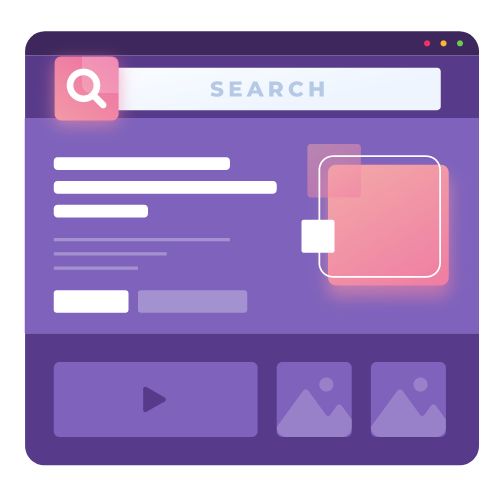
One way to get started with web development is to use a free development platform, such as CodePen or JSFiddle. This will give you access to a wide range of tools and resources, and you can experiment with different development frameworks and techniques to find the ones that work best for you.
Alternatively, you can purchase a dedicated web development tool or platforms, such as WebStorm or Eclipse. It’s important to decide what features and capabilities are most important to you, and then select a platform that offers those features. These IDEs offer more features and options, but they can also be more expensive. Either way, getting exposure to different web development tools and platforms is a great way to learn more about the field and develop your skills.
Summing up
As you can see, becoming a web designer isn’t as daunting as it might seem. The key is to be passionate about the industry, work hard and get as much exposure as possible. If you can do this, then you could well find yourself on the front cover of a web design magazine one day, with lucrative job offers and high salaries on the horizon. Web design is an exciting and lucrative career, so why not make it your future?

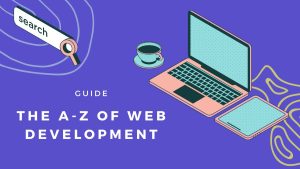
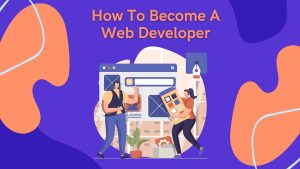
Related Web Development
What Is Ionic – An Introduction To The Cross-Platform Framework
The A-Z Web Development Guide
5 CSS Frameworks to Make Web Design Faster
The Power of Java: Exploring Its Uses and Applications
Nginx vs Apache: Which is the Best Web Server?
What Is the Difference Between UI and UX Designers?
Typescript vs Javascript – What’s the Difference?
Django vs Flask: Which Framework is Best?